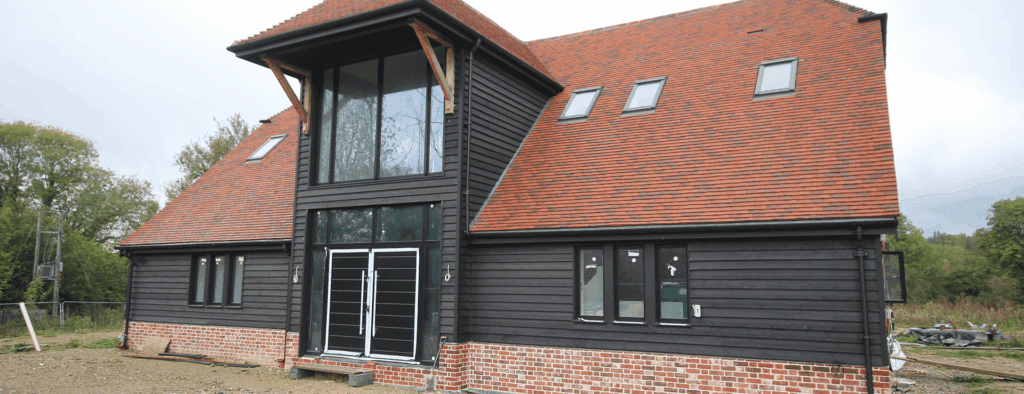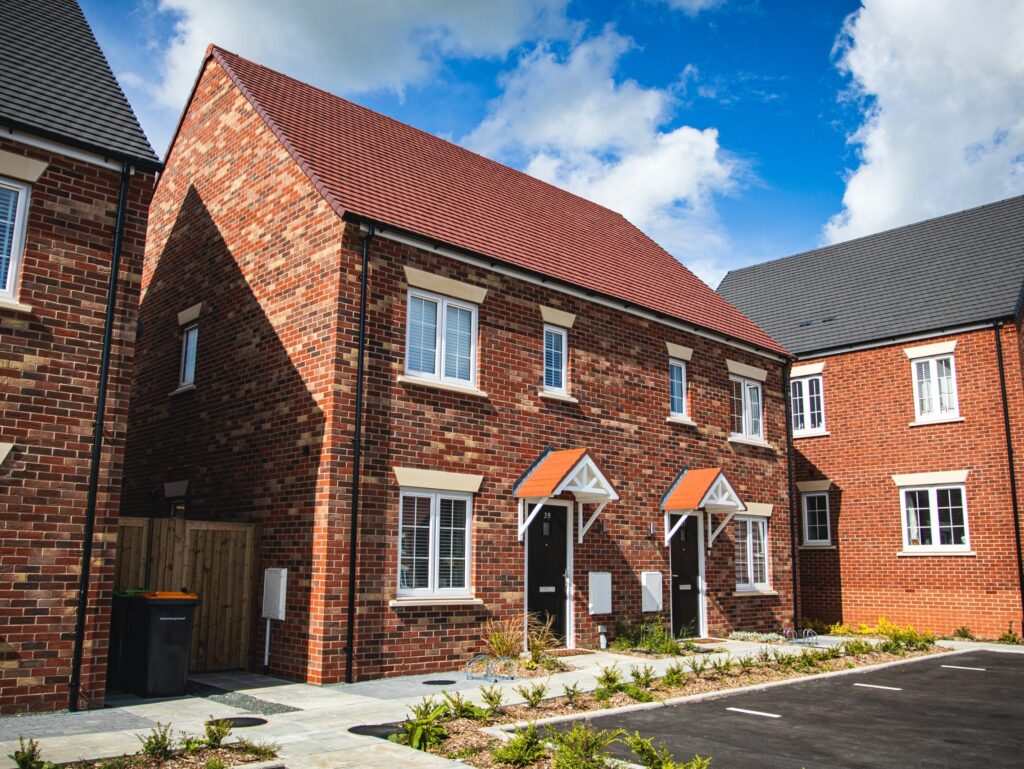- Transactions increase by 24% in October compared to previous month
- House prices see first monthly increase since May, rising by 0.1%
David Newnes, Director of LSL Property Services plc, owner of Your Move and Reeds Rains estate agents, comments: “There were welcome signs of life in October’s housing market as house prices rose on a monthly basis for the first time since May and transactions jumped up to their second highest level in over two years. Following the post-Olympic slump in September, the housing market has been playing catch-up, benefitting from the pent up sales activity of those who delayed moving decisions in early summer. But we’ve also seen tentative indications of a slight thaw in the mortgage market in the last month. Although the number of borrowers able to secure a mortgage remains far from healthy by historic standards, lenders are starting to pass along cheaper finance provided by the Funding for Lending scheme.
While we are likely to see the scheme play an increasingly prominent role in coming months, the capital banks are required to set aside for each higher risk loan is likely to act as a drag on high LTV lending, a factor which may prevent a return to anything like the number of first-time buyers in the market before the initial credit crunch in the foreseeable future. Nevertheless, any future easing of borrowing conditions will be welcomed with open arms by prospective buyers who are looking to leave increasingly expensive rented accommodation. It is crucial that lenders redouble their efforts to boost the amount of cheaper funds reaching the lower end of the housing market, and loosening cautious criteria would go some way towards preventing October’s improvement in buyer activity from being a flash in the pan.
Despite the positive developments in the mortgage market, equity rich and wealthier buyers remain key to monthly sales activity and are underpinning the local and regional variation in the housing market. As a rule of thumb, areas with the most expensive homes are seeing the largest increases, with the average house price in London increasing by 8.3% annually, compared to falls in regions such as the North West, Wales and the West Midlands. Even in London, this remains the case, with the five boroughs with the most expensive average house prices featuring in the seven boroughs with the fastest house price inflation. We won’t see this pattern change until the mortgage market recovers sufficiently for the lower tier to spring into action, and competition to be hot enough among first-time buyers to buoy prices at the opposite end of the market.”
The full report is available online.












